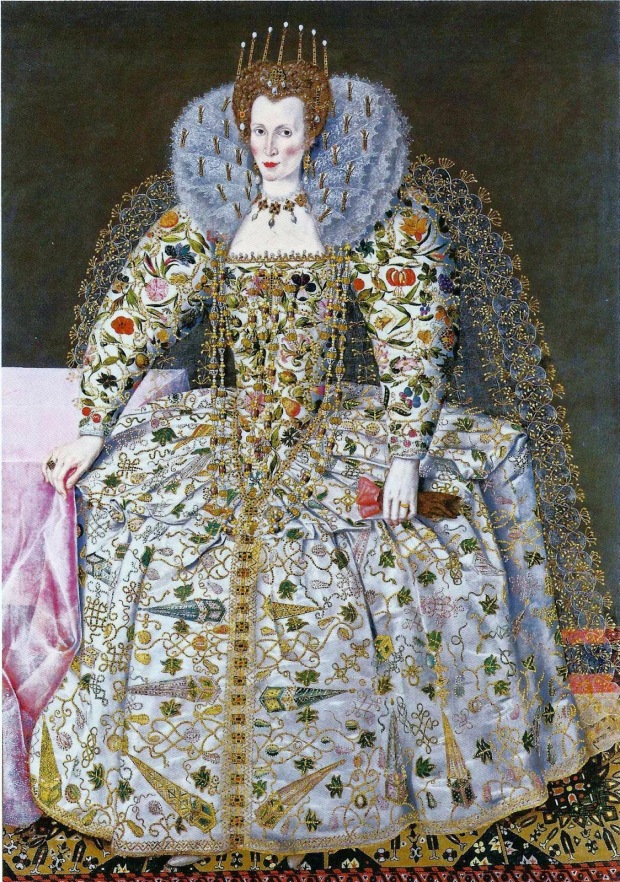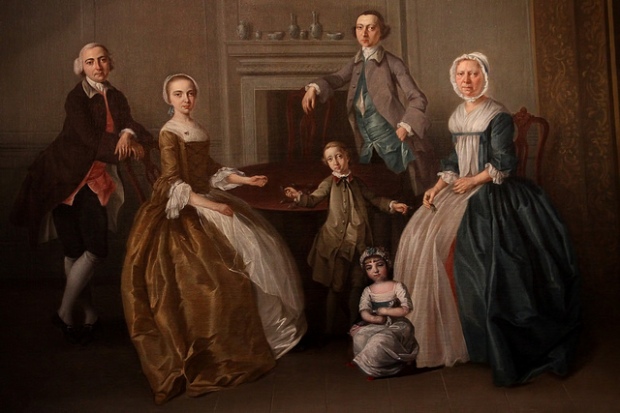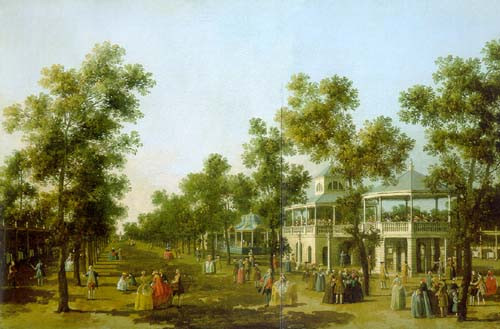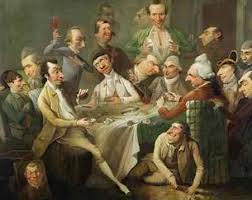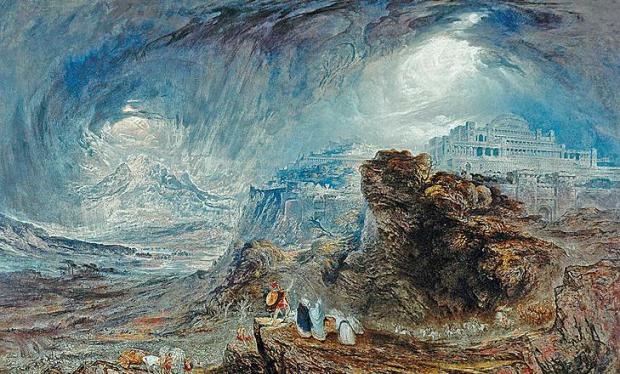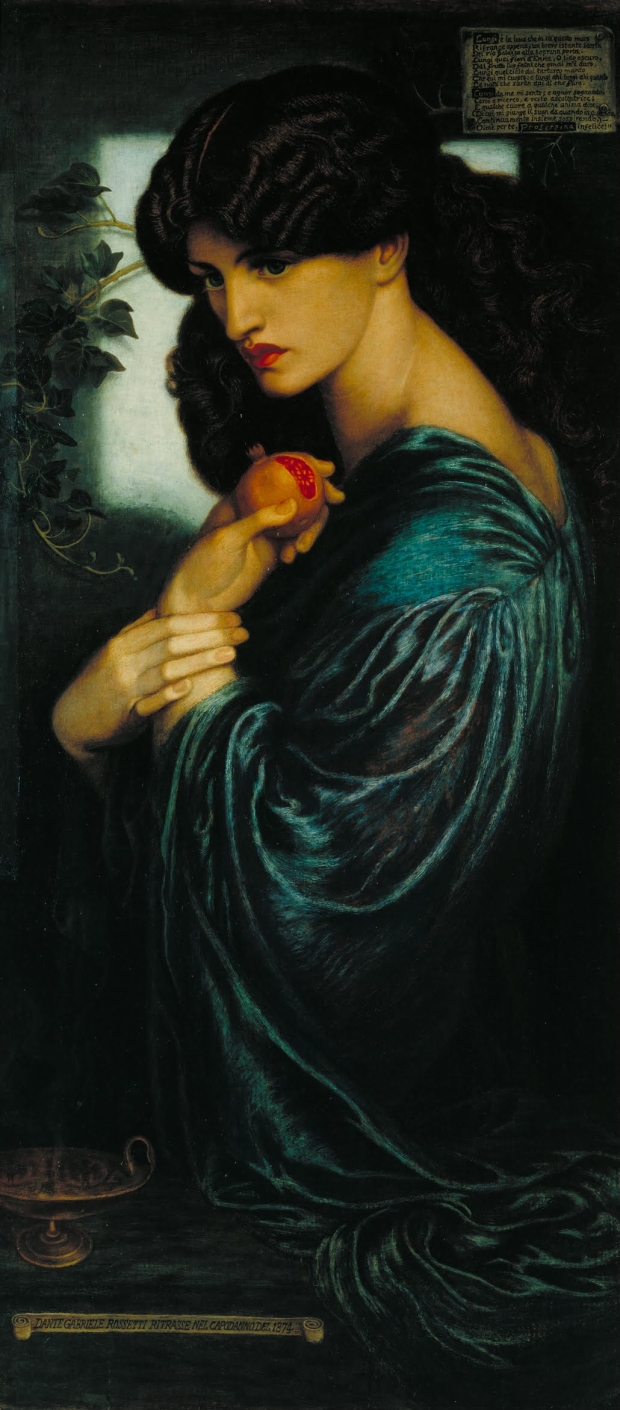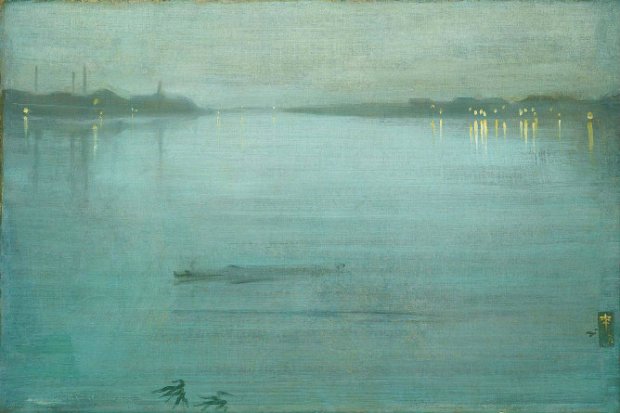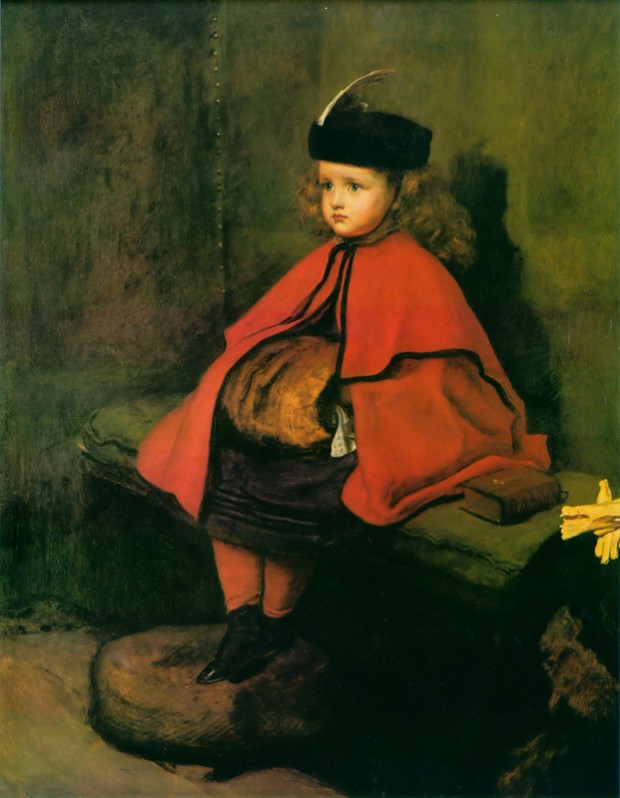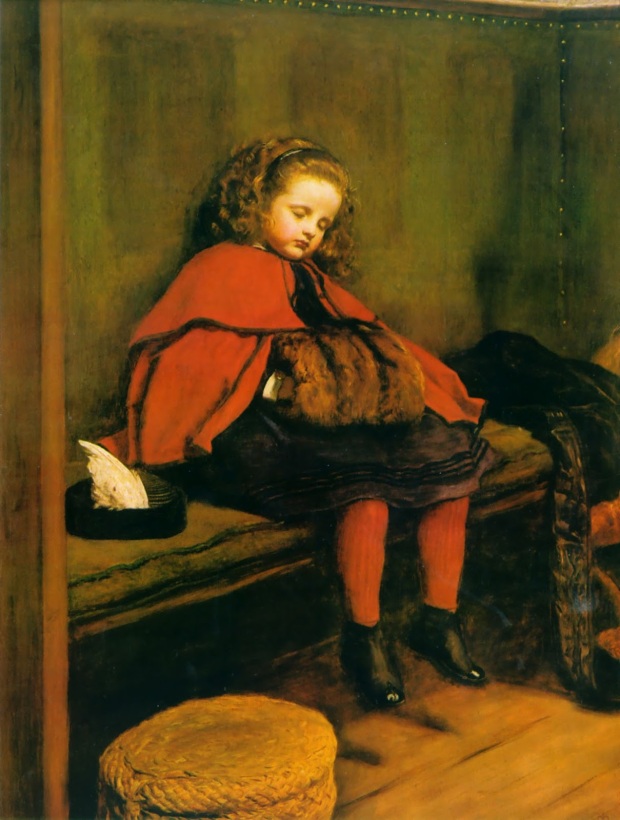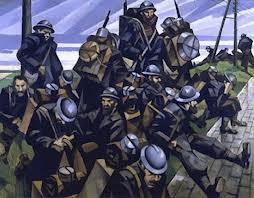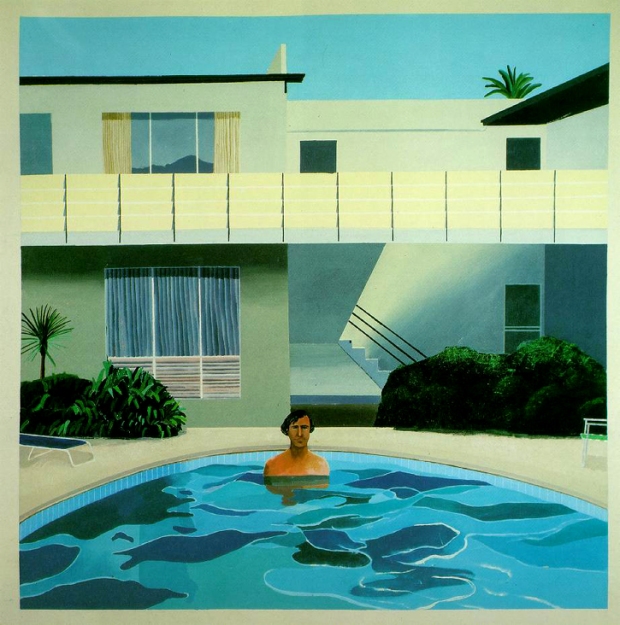Arte Británico entre los siglos XV y XX
Estudiada selección de 180 piezas de pintura y escultura (además de fotografías, revistas y libros) que juntas abarcan cinco siglos de historia británica. El título de la exposición hace una referencia metafórica a todas las valiosas obras que se conservan y que la isla posee, a modo de preciado tesoro.
Puede interpretarse como una muestra de arte nacional, pero lejos de ello, la exposición recoge obras tanto de artistas británicos como de los numerosos extranjeros que reconocieron a la isla como su hogar durante un tiempo, y la influencia de este país en su arte es notablemente visible.
La exposición se divide en 7 áreas:
Destrucción y reforma (1520 – 1620): pintura isabelina, pan de oro, restos de figuras religiosas rescatadas de la brutalidad de la reforma. Artistas destacados: Hans Holbein el joven, Marcus Gheeraerts, Nicholas Hilliard e Isaac Oliver.
British Art between centuries XV and XX
Studied selection of 180 pieces of painting and sculture (in addition to pfotography, magazines and books) that toghether they cover five centuries of British history. The title of the exhibition makes a metaphorical reference to all the valuable works are kept and that the island has, as a precious tresaure.
It can be interpreted as a sign of national art, but far from it, the exhibition collects as works of Brisitsh artist as foreigners who recognized the island as their home during a period, and the influence of this country in their art is apparently visible.
The exhibition is divided in 7 areas:
Destruction and reform (1520 – 1620): Elisabeth painting, gold leaf, rescued religious statues of the brutallity of the reform. Featured artist: Hans Holbein the younger, Marcus Gheeraerts, Nicholas Hilliard and Isaac Oliver.
Catherine Carey, Countess of Nottingham (Robert Peake el Viejo, c. 1597)
Revolución y Barroco (1620 – 1720): Repasa la pintura cortesana en los reinados, retratos de élite dejando a un lado la solemnidad del periodo anterior. Artistas: Anthony van Dyck, Peter Lely, Godfrey Kneller, James Thornhill y Jan Siberechts.
Revolution and Baroque ( 1620 – 1720): reviews the courtesan painting at the reigns, portraits of the high class leaving aside the solemnity of the previous period. Artists: Anthony van Dyck, Peter Lely, Godfrey Kneller, James Thornhill and Jan Siberechts.
Anthony Van Dyck
Sociedad y Sátira (1720 – 1800): En esta sección observamos de cerca escenas cotidianas, donde las piezas recogen cierta ironía. Hay un apartado especial donde podemos ver ilustraciones donde se narran momentos de calle, explícitos, mundanos, propios de las de las columnas satíricas que recogen los periódicos de hoy. Grandes precursores. Artistas: Joshua Reynolds, Thomas Gainsborough, Thomas Lawrence, James Gillray y Thomas Rowlandson.
Society and satire (1720-1800): In this section we can observe daily scenes, where the pieces have some irony. There is a special section where you can see illustrations which tell moments of street, explicit, worldly, own of the satirical columns that there are in newspapers nowadays. Great precursors. Artists: Joshua Reynolds, Thomas Gainsborough, Thomas Lawrence, James Gillray and Thomas Rowlandson.
Vauxhall Gardens, Joshua Reynolds
Drunk Society, Mortimer
Paisajes de la mente (1760 – 1850): paisajes suaves, inmensos, realistas y poco certeros. En esta parte de la exposición se cruzan estilos y elementos propios de una misma época. Muy distintos, muy intensos. Artistas: John Constable, George Stubbs, Turner, James Barry, Joseph Wright , William Blake y John Frederick Lewis, David Roberts.
Especial detalle al movimiento prerrafaelita, tan difícil de detectar al dedicar su tendencia a algo propio de siglos anteriores. Artistas: John Everett Millais y William Holman Hunt.
Landscapes of the mind (1760-1850): soft, huge, realistic and little accurate landscapes. Styles and elements of a same time intersect in this part of the exhibition. Very different, very intense. Artists: John Constable, George Stubbs, Turner, James Barry, Joseph Wright, William Blake and John Frederick Lewis, David Roberts.
Special detail to the pre-Raphaelite movement, so difficult to detect by dedicating its tendency to something own of previous centuries. Artists: John Everett Millais and William Holman Hunt.
Joshua Commanding the Sun to Stand Still upon Gibeon, 1848 John Martin
Proserpine, 1878 Dante Gabriel Rossetti
Realismo y reacción (1850-1900): Mi sección preferida. Rozando la perfección de la instantánea en ocasiones, en otras, pequeños precursores del Impresionismo como la deliciosa obra de James Abbott, la cual no pude evitar llevarme en formato lámina a mi casa :). Artistas: Dante Gabriel Rossetti, Edward Coley Burne-Jones, Frederic Leighton y esculturas de George Frederic Watts y Alfred Gilbert.
Realism and reaction (1850-1900): My favorite section. Brushing the perfection of the photo on occasions, in other ones, small precursors of Impressionism as the delicious work of James Abbott, which I couldn’t avoid to take it on a sheet format to my house :). Artists: Dante Gabriel Rossetti, Edward Coley Burne-Jones, Frederic Leighton and sculptures by George Frederic Watts and Alfred Gilbert.
Nocturne: Blue and Silver – Cremome Lights 1872 James Abbott McNeil Whistler
My first sermon, my second sermon. 1863 Sir John Everett Millais.
Modernidad y tradición (1900-1940): Rompiendo con las pautas por la aparición de la fotografía, se inician en los ismos a través de escenas tradicionales, bélicas en este caso, propias de la guerra de la primera mitad del s XIX. Artistas: Walter Richard Sckert, Henry Lamb o Spencer Gore, Wyndham Lewis, Duncan Grant, David Bomberg, Edward Wadsworth, Paul Nash o Edward Burra, Henri Gaudier-Brzeska y Henry Moore.
Modernity and tradition (1900-1940): Breaking with the guidelines by the beggins of the photography, are initiated in the -isms through traditional, war scenes in this case, characteristic of the war in the first half of the XIX century. Artists: Walter Richard Sckert, Henry Lamb or Spencer Gore, Wyndham Lewis, Duncan Grant, David Bomberg, Edward Wadsworth, Paul Nash or Edward Burra, Henri Gaudier-Brzeska and Henry Moore.
Meredith Frampton
Un Mundo Feliz (1945 – 1980): Maestros de la segunda mitad del siglo XX te envuelven en este último espacio dedicado a una gran variedad de movimientos modernos incluidos el Pop Art. Artistas: Óleos de Lucian Freud, R.B. Kitaj o Frank Auerbach, esculturas de Barbara Hepworth, Reg Butler o Anthony Caro. En este espacio final brillan los autorretratos de Francis Bacon y las pinturas L.S. Lowry.
A Happy World (1945-1980): Masters of the second half of the 20th century wrapped you in this last space dedicated to a variety of modern movements including Pop art. Artists: Oil paintings by Lucian Freud, R.B. Kitaj or Frank Auerbach, sculptures by Barbara Hepworth, Reg Butler or Anthony Caro. In this final space shine self-portraits of Francis Bacon and L.S. Lowry paintings.
Portrait of Nick Wilder, 1966. David Hockney
Aquí os dejo un exquisito ejemplo, un simple 1% de las obras que recoge la Fundación Juan March. Tuve la suerte de ser guiada por un gran historiador y un gran amigo, el cual me ayudo a cruzar de siglo en siglo sin perder detalle. Observando que el arte y la historia son una pareja de amantes románticos, donde el uno no puede vivir sin el otro.
Here you are an exquisite example, a simple 1% works that collects the Juan March Foundation. I was fortunate to be guided by a great historian and a great friend who helped me to cross from century to century without losing detail. Observing that art and history are a pair of romantic lovers, where they cannot live without each other.
Fundación Juan March Juan March Foundation
5 de Octubre – 20 de Enero 5th of October – 20th of January
Castelló, 77 28006 Madrid
Horario: L-S de 11h a 20h (M-S), D 10h a 14h (Sundays)
Entrada gratuita Free pass
